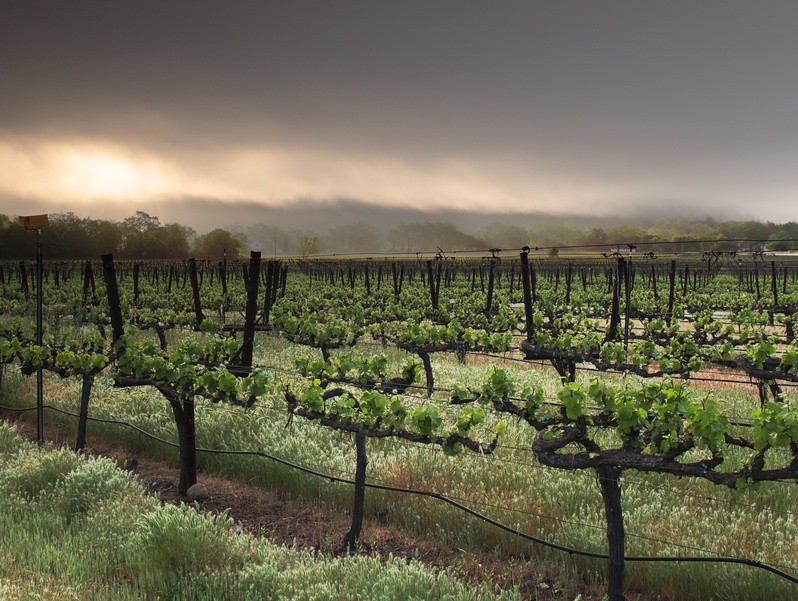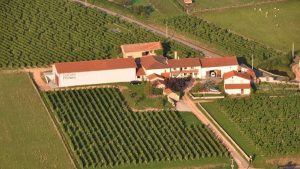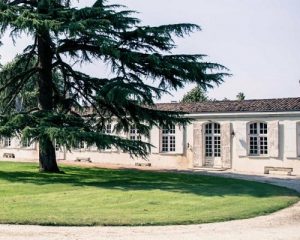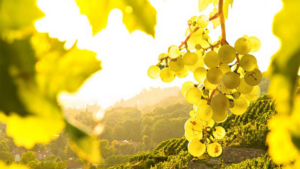
Have you ever noticed, when passing through some of the beautiful wine regions of France or elsewhere, that some vineyards have grass growing amongst the vines, maybe even some pretty flowers too? Apart from looking rather beautiful, these plants serve a good purpose and can bring many benefits to the vines and vineyards, especially in terms of improving soil quality.
This practice known as ‘enherbement’ in French is called cover cropping in English and is when a winegrower chooses to plant seeds or let wild plants and grasses grow between the rows of vines and around the borders of the vineyard. A hive of plant activity in the vineyard can bring some great benefits with it.
Soil preservation
It’s important to note that, although considered ecological, cover cropping is by no means a technique reserved for organic and biodynamic estates only and is common amongst winegrowers who practice sustainable agriculture. A relatively dense cover crop around the perimeter of the vineyard allows the soil to better cope with mechanic ploughing and lowers the risk of soil pollution by collecting excessive rain water that may be have traces of pesticide residue.
A cover crop can also protect from soil erosion caused by violent winds and flooding.
The presence of many different plant species growing on the soil means that the surface occupied by the root system of all these plants is greatly increased. Thanks to an increase in root surface, cover cropping replaces mechanical tillage and loosens the soil. This helps it breathe and prevents compaction, encouraging rainwater to filter through.
Benefits to the vine
Allowing grass and other plants to cover the soil between the rows of vines not only aids the development of a healthy microbiological ecosystem, but also encourages symbiosis between the vines and the plants that grow amongst them. A healthy exchange means that the vines receive vital nutrients from these plants that can be difficult to procure from the soil. The plants that the winemaker chooses to grow between their vines is therefore important as different plants provide different nutrients. For example, leguminous plants such as field beans take in nitrates very easily and can transfer them to the vines, making them an ideal field companion to vines growing in nitrate-poor soil.
Finally, cover cropping can help limit the vine’s capacity to grow, giving the winegrower more control over what is called the “vigour” of the vine, focusing growth away from the leaves and towards the growth of healthy grapes.
See wines made using environmentally friendly practices on iDealwine
Other things to read on the iDealwine blog:
Bordeaux wines contain three times fewer pesticides than in 2014
Biodynamic, organic, sustainable?
Interview with Jean-Michel Comme (Pontet-Canet): “the vineyard is my one true passion”



